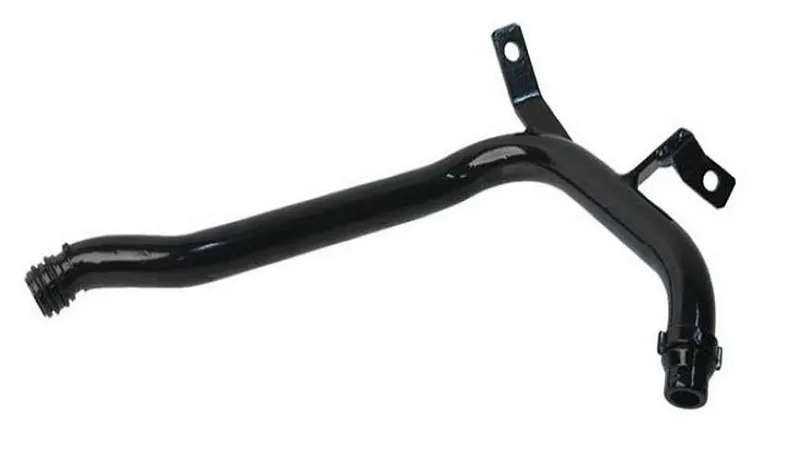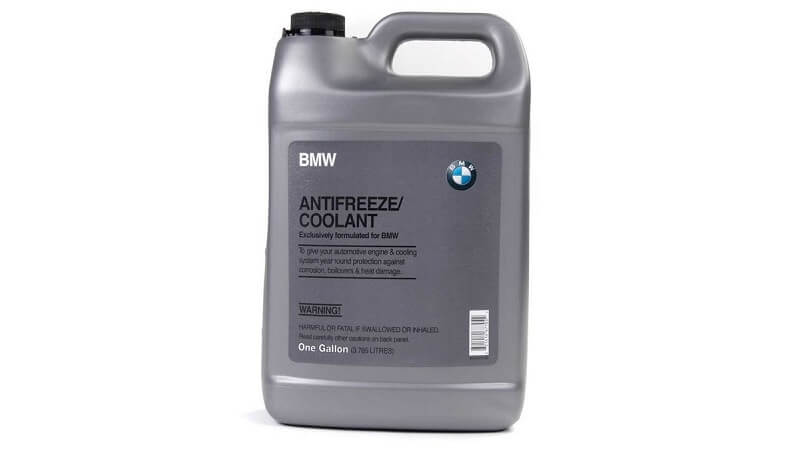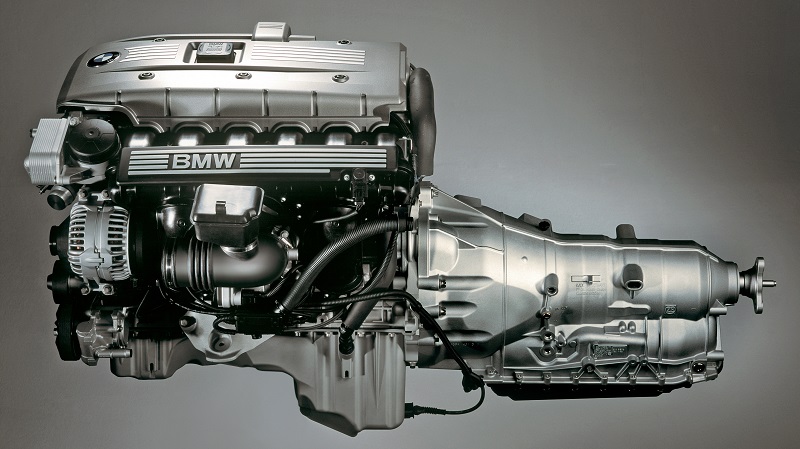The BMW M52 and M54 engines are two naturally aspirated inline-six engines produced for a combined total of 12 years. The M52 made its debut in 1994 and remained in production until the turn of the millennium when it was replaced by the BMW M54. The later versions of the M52, dubbed the M52TU, following a technical update, laid the foundation for the M54 that followed. Both featured an aluminum block and aluminum cylinder head with cast iron cylinder liners.
The M54 did bring other improvements, all of which you can read about here, but for the most part, it shared a lot with its predecessor. While the M52 and M54 were staples in the BMW lineup at the time, they did have their share of issues. One of the problems we’re going to look at in this article is regarding the plastic BMW coolant pipe that these engines featured.
This guide will explain why the BMW coolant pipe on the M52 and M54 engines was infamous for failing prematurely, the symptoms to look out for with a faulty coolant pipe, and how you can rectify and delay the recurrence of the issue.

What Does the 11537502525 BMW Coolant Pipe Do?
The 11537502525 BMW coolant pipe forms a connection between the engine and the coolant expansion tank (along with another section of tubing). It features several mounting brackets that secure it from moving around due to its unusual shape.
Although it may seem like just another coolant pipe, the 11537502525 section sits in a hard-to-reach spot, making it a real issue when it decides to spring a leak. And if yours hasn’t been replaced by now, it’s generally a matter of when it will crack, not if.
What Causes a BMW Coolant Pipe Leak?
Several things can cause a BMW coolant pipe leak. The most common is wear and tear on the cooling system over time. The coolant pipes on the BMW M52 and M54 engines are made from a plastic composite designed to withstand high temperatures. However, they are bound to break down over time and warrant replacement. In the case of the ones on the BMW M52 and M54, they tend to crack sooner rather than later.
Another possible reason for a BMW coolant pipe leak is overheating caused by other issues in the cooling system. Suppose the coolant temperature is not regulated effectively by the radiator. In that case, it can cause the coolant flowing through the pipes to be of a much higher temperature than the pipes can handle. This can cause them to crack or burst, resulting in a severe coolant leak.
In some rare cases, a poorly maintained cooling system can result in coolant pipes that may become clogged with debris, which can cause extra stress on the lines and lead to failure.
What are the Symptoms of a BMW Coolant Pipe Leak?
In most cases, you should be able to spot the signs of a BMW coolant pipe leak fairly easily. Some things worth keeping an eye out for include:
Engine Overheating
When there is a coolant leak, the amount that flows through the engine reduces drastically, and the coolant system can no longer keep the engine at the proper operating temperature.
This is because there isn’t enough coolant to effectively absorb heat away from the engine, and this causes the engine to overheat. Additionally, the water pump will not work efficiently when the coolant level is low. It may result in air pockets in the system, further reducing the coolant’s ability to absorb heat.
Visual Signs of a Leak
Keeping track of the coolant level every time you refill the reservoir is essential. If you notice a sudden, unexpected drop in coolant levels, there’s a high possibility that it’s because of a leak.
If there’s a faulty coolant pipe, you can expect to spot some leaks around the engine bay. The most obvious places to look are around the radiator. Follow the lines that leave the radiator and check for leaks visually. You might also find coolant on the ground under your engine bay if there is a more severe leak.
How to Fix A Coolant Pipe Leak?

Fixing a broken or damaged BMW coolant pipe is as simple as removing the older part and installing a new one. The process is as straightforward as it sounds and only requires some basic tools.
To access the coolant pipes, you will have to remove the intake manifold. Ensure that you drain the system of any existing fluid before you carry out the procedure, or it can result in additional problems. Since the OEM plastic BMW coolant pipe has proven unreliable, we recommended replacing it with a more robust metal unit, like the 11537502525-PRM from URO Parts. However, the availability of this particular product has been iffy lately.
If you can’t find that replacement pipe, the next best thing would be the genuine BMW part, or an aftermarket alternative like the one made by Febi Bilstein.
In general, a metal coolant pipe has notably higher temperature and pressure resistance, so it is far less likely to fail from regular wear and tear or more demanding engine operation.
Since you’re removing the intake manifold, this is also an excellent time to replace the intake manifold gasket and the fuel injector O-rings, if required.
Once you’ve swapped the old part out for a new one, refill the coolant in the system and run the engine at idle for a few minutes. If you find that the engine still overheats or if there’s smoke coming from around the engine, there could be a problem with other cooling system parts, air in the system, a thermostat, radiator, or water pump issue.
Get Quality Parts from Bimmers.com
The BMW coolant pipe is an excellent testament to the fact that a new part doesn’t necessarily mean a good part. Sometimes, an aftermarket option will perform better than genuine or OEM hardware, and that’s the case over here. By being aware of the symptoms of a potentially failing coolant pipe, you can take the necessary steps to fix the problem and delay the likelihood of it happening again by using a more robust part.
Bimmers.com has all you’ll need to keep your car in the best shape possible. Just head to the website, and select the year and model of your BMW to see all the parts we currently have in stock.





